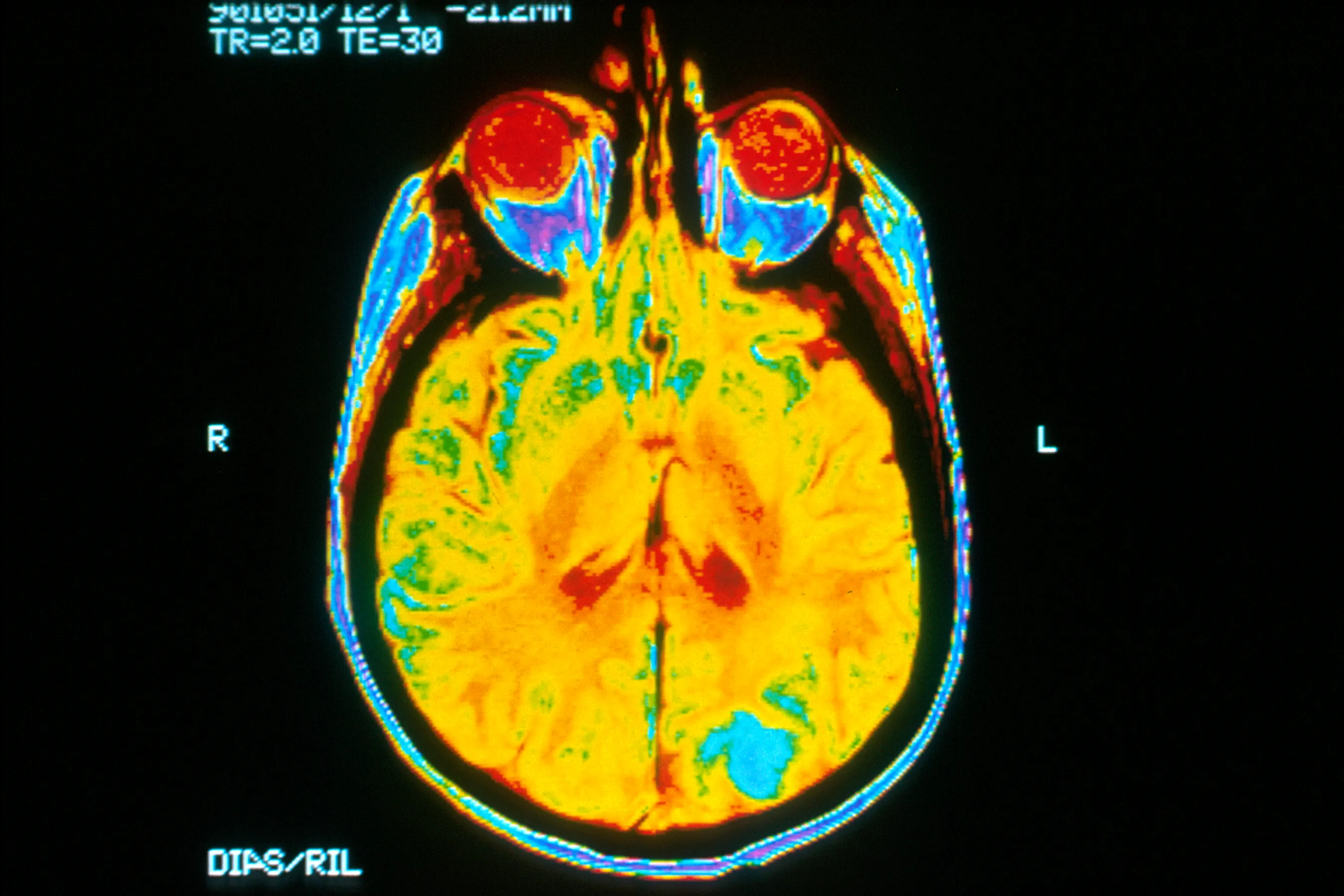Najman Mahbouba is currently a student at Los Gatos High School. He has worked on numerous public policy related projects at Harvard, UC Santana Barbara and San Jose State University.
Research suggests that the immaturity “gap” between adults and juveniles is greatest at the age of 16 or 17. This means that 16 and 17-year-olds are more likely to make risky decisions because of social and emotional factors that are less present in younger juveniles. Currently, judges deliver the harshest sentences to juvenile offenders in this age range, even though neuroscientific research suggests that juveniles who offend during this period of their life often no longer represent a risk after they pass this age range. Since teenagers are most likely to offend at this age due to a peak in brain immaturity, as opposed to greater inherent risk, judges should not deliver comparatively longer sentences to these juveniles.
This specific issue reveals a much larger problem in policy making: the lack of consideration for evidence-based neuroscience research when implementing public policies.
Many neuroscientific findings show promising potential to improve public policy. For example, how much plasticity is present in children with attention deficit disorder at different ages, and how should educational policy be designed to promote their learning and well-being?
How should youth sports, especially tackle football, be altered as a result of research showing the long-term negative effects of repeated concussions in the development of disorders such as degenerative brain condition and chronic traumatic encephalopathy?
How should we change solitary confinement legislation after research illustrates its tendency to cause serious mental health problems in some individuals?
And how accurate is eyewitness testimony? Do environmental and biological factors change the validity of eyewitness testimony? If yes, how should we take those factors into consideration when presenting eyewitness testimonies to judges and juries?
The examples I just listed are only a few of the hundreds of policies that neuroscience can inform. The possibilities are vast and pertinent, but we are not taking full advantage of them due to a lack of communication and collaboration.
Furthermore, while a myriad of reasons account for this divide, and these reasons often vary between areas, research institutions and individual government structures, two interconnected causes have been identified as almost universal. A lack of pre-existing accessible systems to translate research to policymakers, and a surfeit of information penetrating legislative offices — with much of it being unreliable and irrelevant.
On the first point, translating “up” can be intimidating. Moving a scientific finding from the lab to the academic medical center is difficult enough. Public policy, in addition, is a vastly different realm than scientific research, with markedly different goals, incentives, systems and structures. Understanding these differences can help us identify why a considerable amount of policy translation endeavors fail and how we must develop a different approach.
On the second point, policymakers have a difficult time finding accurate and relevant information. Keith Humphreys, an American psychologist and Stanford University professor who worked in the White House, stated that “the challenge for policymakers parallels that of a person who enters ‘What is a good way to lose weight?’ into an internet search engine: a surfeit of conflicting recommendations — most of them claiming scientific warrant — and no reliable way to separate the gold from the dross.”
Policymakers respond to this situation in the same way that many of us deal with overload and a lack of understanding of other institutions. They limit their attention to a group of known sources they consider credible. Translating neuroscience into policy requires neuroscientists to be in that loop of credible sources, but right now they are largely not, especially at the state, county and city levels, as a number of studies in the past have determined.
Thus, as a solution, I am proposing the creation of a neuroscience and public policy social network; one similar to “SNAP,” the Stanford Addiction and Public Policy network.
SNAP is a network for policymakers to connect with pharmaceutical scientists on drug addiction-related matters. On SNAP, policymakers are polled on which drug addiction issues they consider most crucial. According to the results of the poll, Stanford scientists connect with the policymakers about the most urgent issues, providing them with pertinent data, past work that provides insight into possible conflicts and relevant research ideas being explored.
Most policymakers and neuroscientists deeply care about creating better public policies and are willing to work together on important issues. Unfortunately, the network is just not there yet, evident by the lack of aforementioned translation. This is where a neuroscience X public policy communication network will be instrumental.
Neuroscience can offer insight into numerous societal concerns, in some instances extending to policy design and implementation, from improved justice systems to public health and school reform. Additionally, neuroscience can help predict the likely outcomes of particular policy actions and then evaluates those outcomes, intended and unintended, wanted and unwanted. While legislation will never be completely impartial, nor should it necessarily be, it can still benefit from neuroscientific guidance. A statement that exemplifies why we should focus on effectively bridging gaps between academic neuroscience research and policy making, in the pursuit of better legislation for all.
